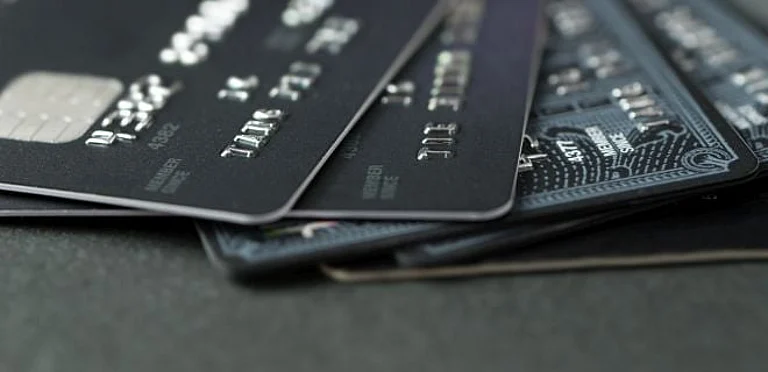Credit card cash advances can seem like a quick fix when you need money urgently. They allow you to withdraw money against your credit limit. However, that convenience comes at a cost. With steep fees, interest that begins from the day you withdraw money, and with no grace period, cash advances on credit cards can quickly turn into an expensive debt if not repaid quickly.
Credit Card Cash Advance: Types Of Credit Card Advances And How They Affect Your Wallet
Credit card cash advances offer instant money, but carry a high rate of interest along with fees, making them one of the costliest ways to borrow money
Types of Cash Advances
These are the types of cash advances you can take on your card:
ATM Withdrawal: The most common form of cash advance is using your credit card at an ATM. You enter your PIN and withdraw cash just like with a debit card. However, unlike debit cards, this money is borrowed from the bank, and fees and interest apply immediately. Most banks allow withdrawals of up to 20-40 per cent of the credit limit.
Bank Counter Cash: For larger sums, you can visit a bank branch linked to your card issuer and request cash over the counter. The costs are similar to ATM withdrawals, and some banks may add a counter fee.
Online Transfers: Some banks let you transfer funds from your credit card to your bank account through Netbanking or mobile apps. This is also treated as a cash advance, with the same charges and no interest-free period.
Convenience Cheques: Certain banks issue cheques connected to your credit card account. Using these cheques is like withdrawing cash—they come with the same fees and interest from the day the cheque clears.
Cash-Like transactions: Buying lottery tickets, foreign currency, or casino chips with your credit card is treated as a cash advance, even if no cash is withdrawn. The same charges and immediate interest apply.
Charges and Interest
Cash advances are more expensive than regular card transactions. Most banks charge a fee of 2.50-3.50 per cent on the withdrawn amount, with a minimum fee of Rs 300-500. For instance, withdrawing Rs 2,000 may still cost Rs 500 because of the minimum charge.
The interest rates are also higher, typically in the range of 3-3.50 per cent a month, or 36-42 per cent annually. Some cards go as high as 4 per cent per month, or 48 per cent annually. On top of this, an 18 per cent GST is added to both the fee and the interest.
How Costs Add Up
There is no interest-free window on cash advances; charges start the moment you withdraw.
For instance, if you withdraw Rs 10,000, a 3 per cent fee or Rs 300 is added, along with Rs 54 as GST, taking your starting balance to Rs 10,354.
At a monthly rate of interest of 3.50 per cent, an amount of Rs 362 is added after one month, making your total amount due to Rs 10,716. If unpaid for three months, the total cost can cross Rs 11,800 due to compounding interest.
